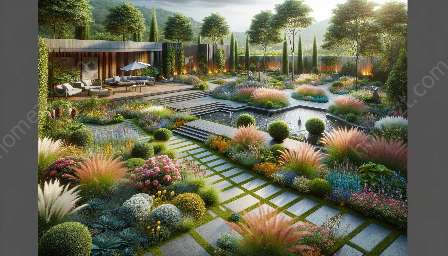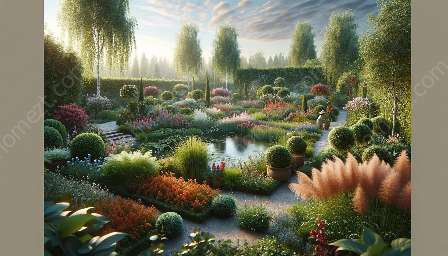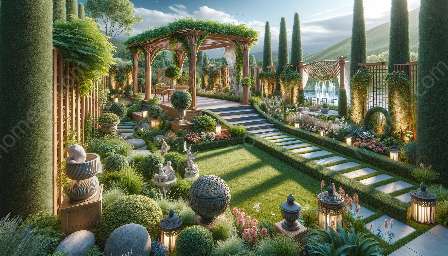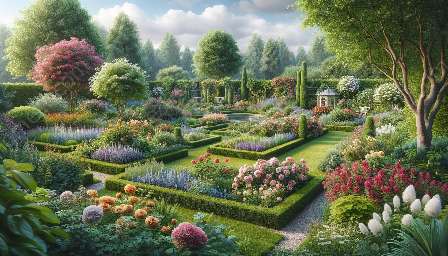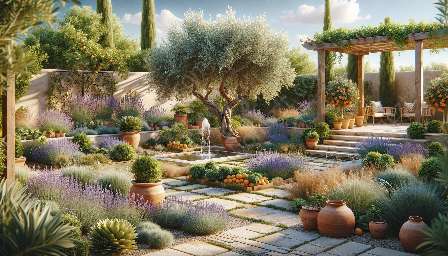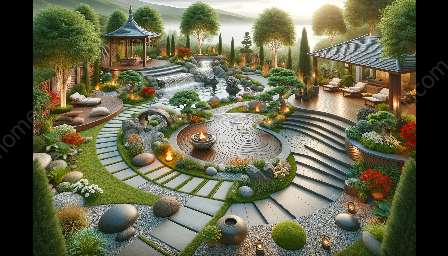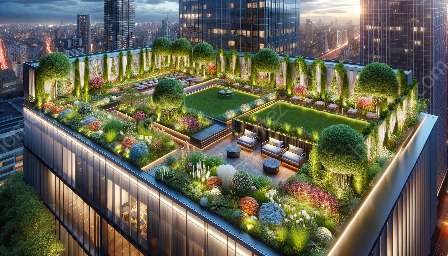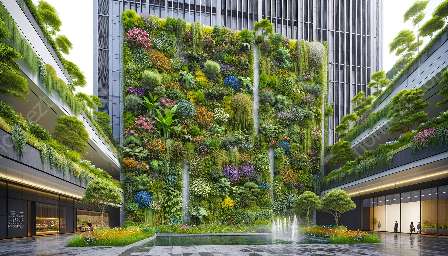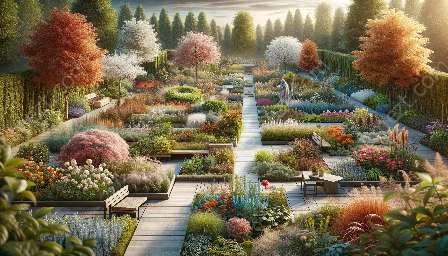When it comes to garden aesthetics, there are several key principles to consider. In this comprehensive guide, we'll explore the fundamental concepts that contribute to creating an attractive, harmonious, and visually appealing garden. From understanding the principles of aesthetics planning to implementing them in your garden design, you'll gain valuable insights into enhancing the beauty of outdoor spaces.
Garden Aesthetics and Aesthetics Planning
Garden aesthetics is the art and science of creating visually appealing outdoor spaces that harmonize with their surroundings. Aesthetics planning, in the context of gardens, involves intentional design and arrangement of elements to achieve a pleasing and balanced aesthetic. It encompasses a range of principles and considerations that influence the overall visual impact of a garden.
The Principles of Garden Aesthetics
1. Unity and Harmony
Unity refers to the cohesive and interconnected nature of a garden's elements, while harmony involves the pleasing arrangement and combination of different elements to create a sense of balance and coherence. By incorporating elements such as color, form, texture, and scale in a harmonious manner, garden designers can achieve visual unity that evokes a sense of tranquility and beauty.
2. Balance
Balance in garden aesthetics pertains to the distribution and arrangement of visual weight within the space. This can be achieved through symmetrical or asymmetrical design, and through the careful placement of plants, hardscaping, and other features to create a sense of equilibrium that is visually pleasing and calming.
3. Proportion and Scale
Proportion involves the relative size and scale of elements within the garden, as well as their relationship to one another and to the overall space. Effective use of proportion ensures that the garden's components are in harmony with each other and with the surrounding environment, creating a sense of visual balance and coherence.
4. Rhythm and Repetition
Rhythm and repetition are essential principles that contribute to the visual flow and coherence of a garden. By incorporating repetitive patterns, shapes, and forms, and creating a sense of movement and progression, garden designers can establish a dynamic and engaging visual rhythm that enhances the overall aesthetics of the space.
5. Emphasis and Focal Points
Emphasis involves creating visual interest and focal points within the garden to draw attention and evoke a sense of intrigue. Focal points can be achieved through the use of standout features, carefully selected plants, or artistic elements that serve as centerpieces and enhance the overall visual impact of the garden.
Creating an Aesthetically Pleasing Garden
Implementing the principles of garden aesthetics requires a thoughtful and intentional approach to design and planning. By considering factors such as the natural environment, climate, and cultural context, garden designers can create spaces that are not only visually appealing, but also functional and sustainable.
Aesthetically pleasing gardens are those that take into account the needs and preferences of the users, while also respecting and enhancing the natural landscape. Whether it's through the selection of plant species, the design of hardscape features, or the integration of artistic elements, every decision should contribute to the overall aesthetic vision of the garden.
Conclusion
Understanding the principles of garden aesthetics and aesthetics planning is essential for creating outdoor spaces that are visually captivating and harmonious. By applying these principles in the design and landscaping of gardens, individuals can transform ordinary outdoor areas into extraordinary, aesthetically pleasing landscapes that evoke a sense of beauty and tranquility.



